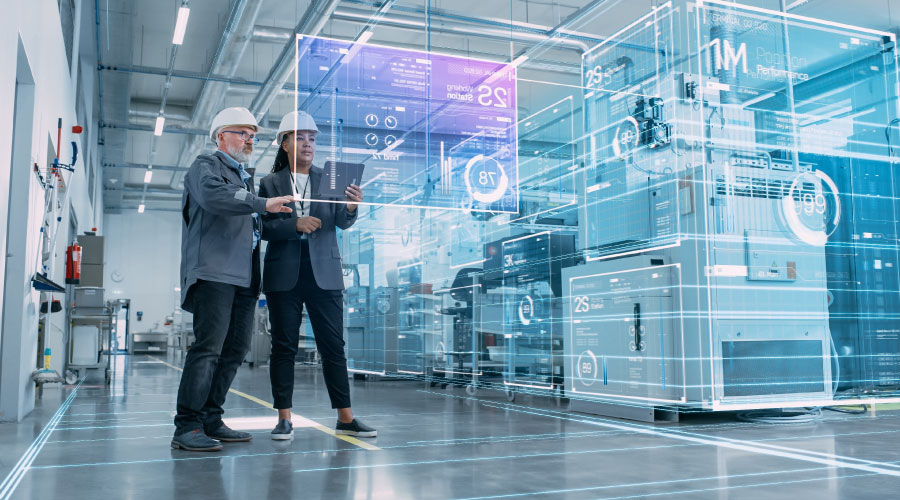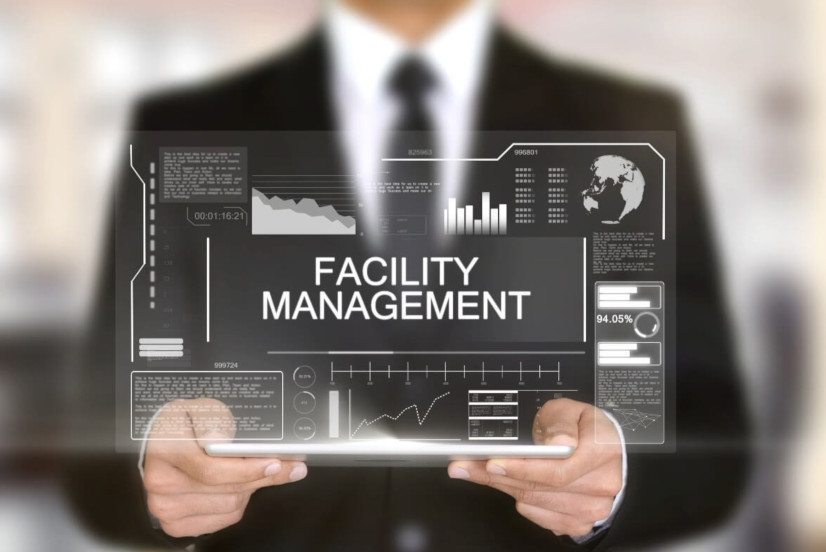How Facility Management Improves Office Productivity
Wiki Article
Key Trends Forming the Future of Center Management in 2024
As we look ahead to 2024, the landscape of center administration is positioned for substantial transformation, driven by a number of crucial patterns. The assimilation of clever structure modern technologies and a change towards data-driven decision-making promise to boost operational performance while prioritizing sustainability in technique. Moreover, the introduction of hybrid work designs is improving office atmospheres, demanding cutting-edge layout remedies that satisfy advancing staff member requirements. Amid these modifications, the focus on passenger wellness remains to acquire grip, emphasizing the importance of a healthy and balanced office. Just how these patterns will show up in practice continues to be a critical inquiry for sector professionals.Smart Building Technologies

Smart structure modern technologies encompass a vast variety of systems, consisting of intelligent lighting, cooling and heating controls, and protection systems. By incorporating these systems, center supervisors can keep an eye on and change specifications in real-time, causing significant reductions in power waste and functional prices. As an example, smart sensors can find occupancy levels and adjust lighting and temperature level appropriately, ensuring that power is just utilized when required.
In addition, these modern technologies assist in enhanced information collection, allowing companies to track usage patterns and determine opportunities for further improvements. The implementation of clever structure innovations not only adds to sustainability goals but likewise produces healthier work atmospheres that can improve staff member productivity and fulfillment.
As we move into 2024, the fostering of wise structure innovations will likely accelerate, showing a more comprehensive shift in the direction of even more smart, receptive, and lasting facility administration methods.
Data-Driven Choice Making
Progressively, companies are leveraging data-driven decision making to boost facility management practices. By using information analytics, facility managers can obtain workable insights that dramatically enhance functional efficiency and resource allotment. The integration of advanced technologies, such as IoT sensors and real-time monitoring systems, enables the collection of vast amounts of information on structure performance, occupancy prices, and power intake.This wealth of information allows facility managers to recognize patterns, forecast upkeep demands, and proactively address problems prior to they rise. Anticipating analytics can forecast devices failures, lowering downtime and fixing costs. Additionally, information visualization tools facilitate far better communication among stakeholders, making certain that educated decisions are made collaboratively.
In addition, data-driven strategies boost critical planning by making it possible for facility managers to assess the effectiveness of present techniques and make informed selections regarding financial investments in technology or infrastructure. As organizations increasingly focus on functional excellence, data-driven decision making is positioned to end up being a cornerstone of successful center monitoring approaches in 2024 and beyond. Ultimately, the capacity to utilize information properly will encourage organizations to develop more efficient, efficient, and durable facilities.
Sustainability and Green Practices
The emphasis on data-driven decision making normally aligns with the growing concentrate on sustainability and environment-friendly methods within center monitoring. As organizations progressively focus on ecological duty, facility managers are leveraging analytics to enhance resource use, reduce waste, and lessen carbon impacts. This tactical approach makes it possible for the assimilation of energy-efficient systems, such as LED lights, smart cooling and heating controls, and renewable resource sources right into facility procedures.In addition, the implementation of sustainable techniques prolongs past energy consumption. Facility supervisors are advertising and adopting environment-friendly materials recycling campaigns to create a circular economic climate within their facilities. This not only improves the ecological profile of the organization however additionally cultivates a society of sustainability amongst workers.
Compliance with environmental policies is another vital aspect driving the fostering of environment-friendly practices. By using data analytics, facility supervisors can check conformity metrics and identify areas for improvement, making certain adherence to international and local sustainability requirements.
Crossbreed Job Versions
A significant change in the direction of crossbreed work designs is improving the landscape of facility administration in 2024. This Home Page paradigm incorporates remote and in-office job, necessitating a reevaluation of room application, resource allotment, and employee engagement approaches. Organizations are significantly acknowledging the value of flexible work spaces that accommodate varied demands and preferences.Facility managers should adjust by carrying out flexible workplace layouts that support joint efforts while offering areas for focused job. This includes the integration of innovation to promote smooth interaction and collaboration among in-office and remote employees. Smart building solutions, furnished with sensors and analytics, permit real-time surveillance of space use, making it possible for organizations to enhance their settings successfully.
Furthermore, hybrid job versions stress the demand for reliable center monitoring that prioritizes staff member experience. This includes not only technology and space design but also the advancement of policies that promote a balanced work-life dynamic. As companies navigate this shift, the role of facility monitoring becomes critical in producing a nimble workplace that cultivates productivity and drives organizational success. Essentially, the crossbreed job design is transforming facility monitoring, motivating a positive approach to satisfy the developing needs of the labor force.
Improved Owner Health
As organizations welcome hybrid work versions, a heightened focus on occupant health is becoming essential to center administration strategies. Facility Management. This change acknowledges that a completely satisfied and healthy workforce directly affects efficiency and retention rates. Center managers are currently prioritizing environments that promote physical and mental wellness, incorporating aspects such as natural illumination, biophilic style, and easily accessible wellness resources

Innovation plays a crucial role in this development. Smart building systems can keep track of ecological aspects and adjust setups in real-time, making sure ideal convenience degrees - Facility Management. Moreover, feedback systems, such as occupancy sensing units and worker surveys, find out here now allow center managers to consistently fine-tune wellness initiatives based on resident demands.

Conclusion
In 2024, the future This Site of facility monitoring will certainly be dramatically influenced by the integration of smart structure technologies and data-driven decision-making, cultivating improved operational effectiveness. Sustainability efforts will prioritize eco-friendly practices, while the emergence of hybrid work models will certainly require versatile workplace layouts. Additionally, an increased concentrate on passenger health via advanced cooling and heating systems and biophilic layout will contribute to much healthier work settings. These trends jointly emphasize the evolving landscape of center monitoring in reaction to contemporary difficulties and chances.Center supervisors are adopting environmentally friendly materials and promoting recycling efforts to create a round economy within their facilities.A substantial shift in the direction of crossbreed job designs is improving the landscape of facility management in 2024.Additionally, crossbreed work versions emphasize the need for efficient facility management that focuses on worker experience.As organizations accept hybrid work designs, a heightened focus on passenger health is becoming essential to facility management techniques.In 2024, the future of center administration will be considerably influenced by the combination of clever structure innovations and data-driven decision-making, cultivating boosted functional effectiveness.
Report this wiki page